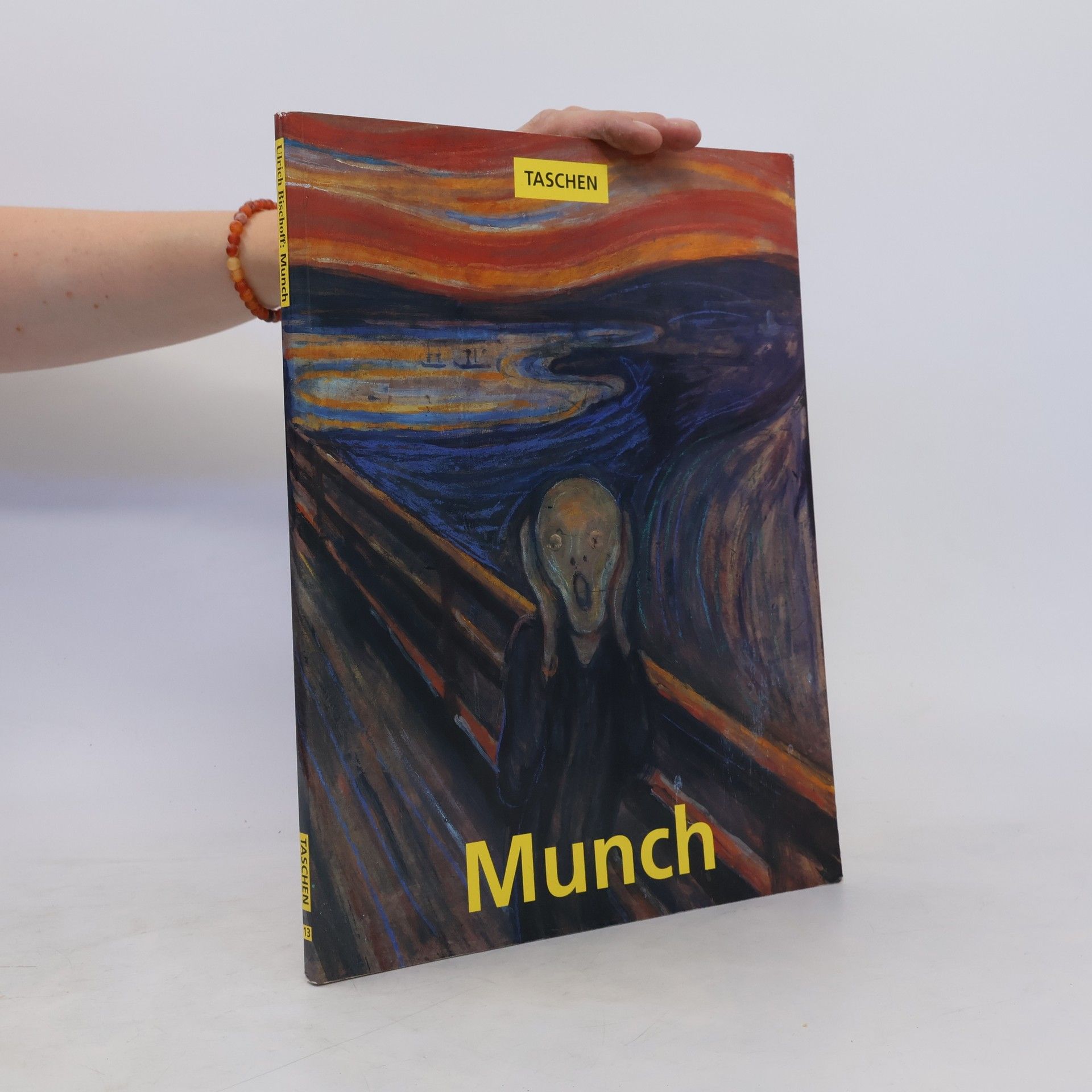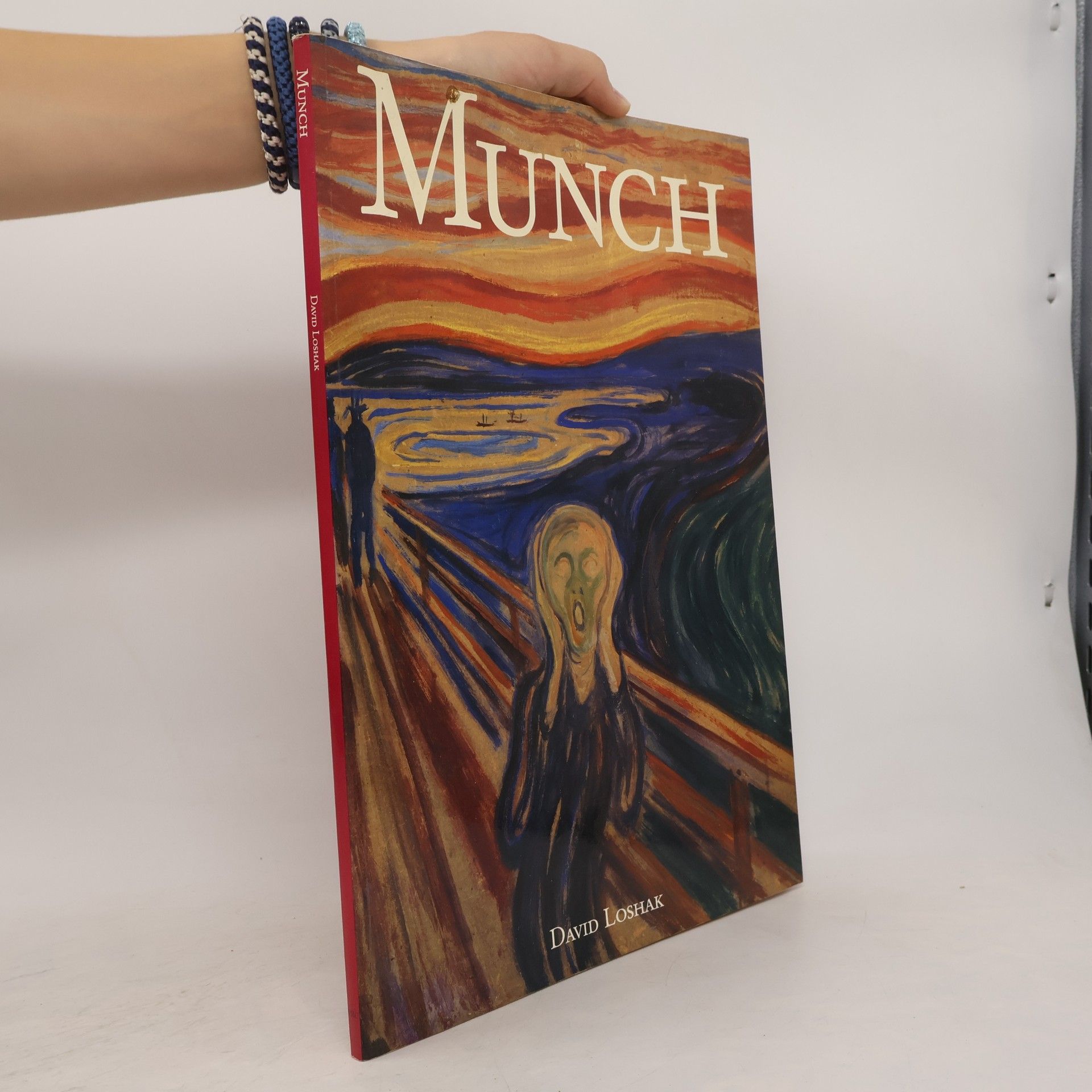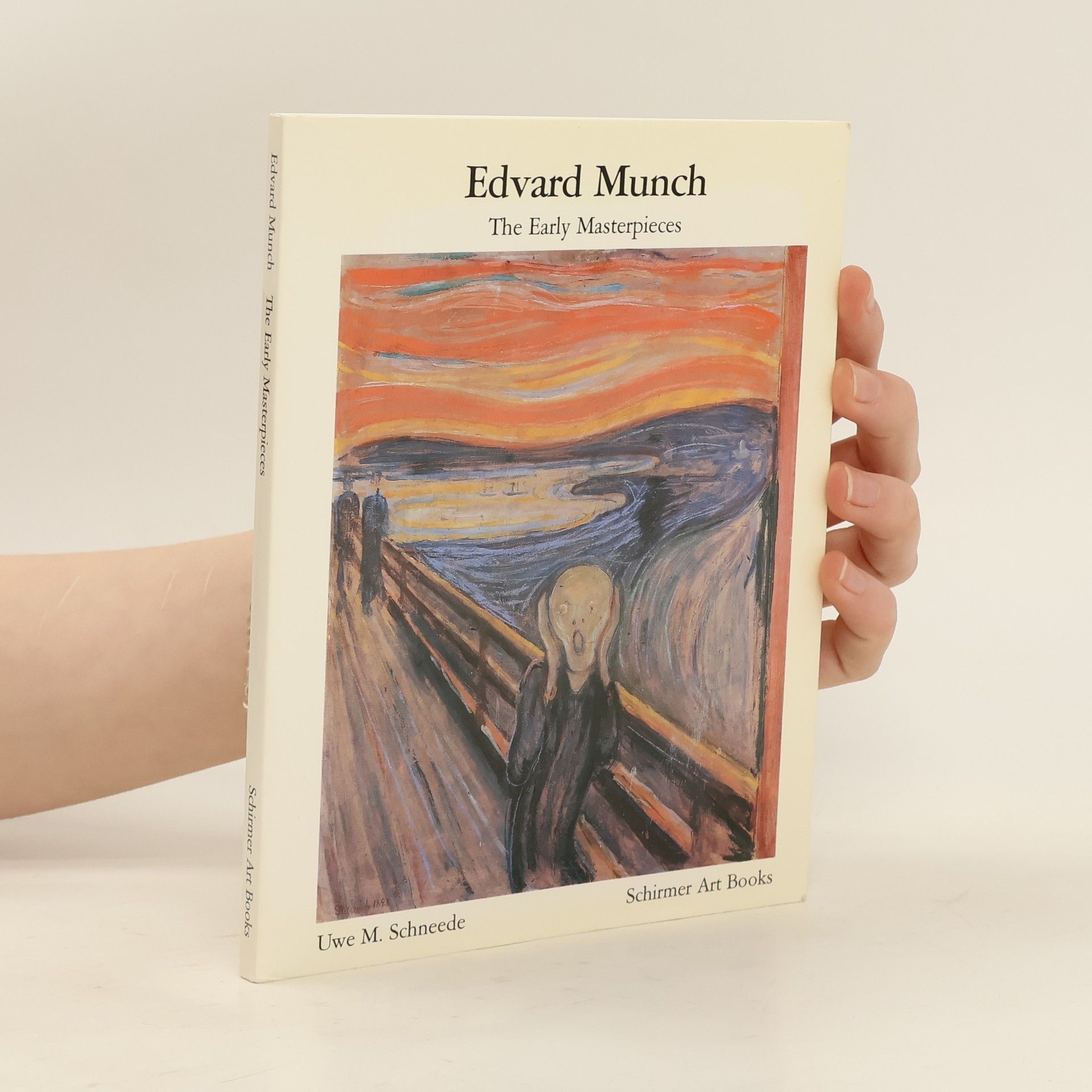Edvard Munch Libros
Edvard Munch fue un pintor y grabador noruego cuyo tratamiento intensamente evocador de temas psicológicos se basó en algunos de los principios fundamentales del Simbolismo de finales del siglo XIX e influyó enormemente en el Expresionismo alemán a principios del siglo XX. Su obra se caracteriza por una profunda exploración de la psique humana, la ansiedad y las cuestiones existenciales. La trayectoria artística de Munch fue fundamental en el desarrollo del arte moderno, y su influencia perdura hasta hoy.

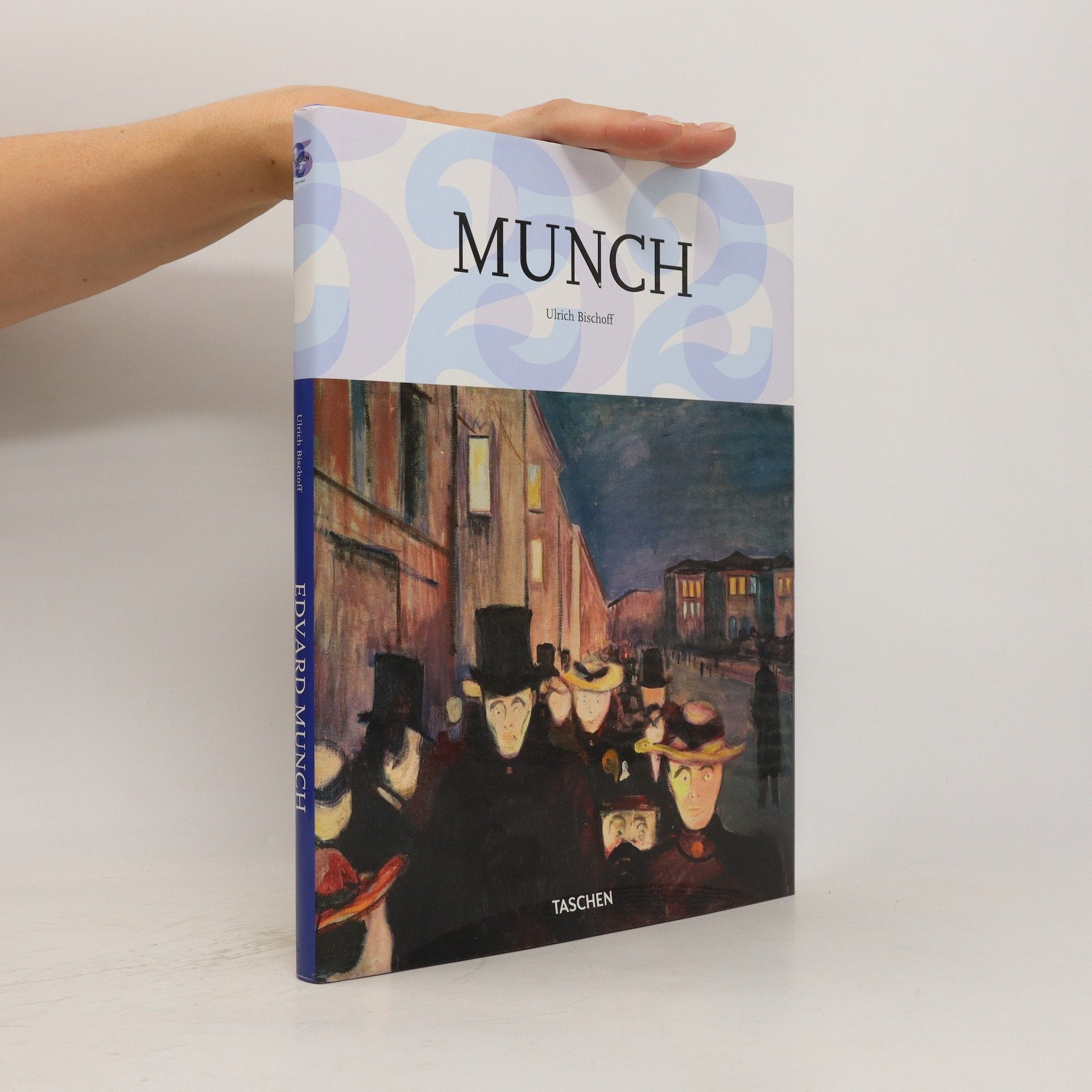
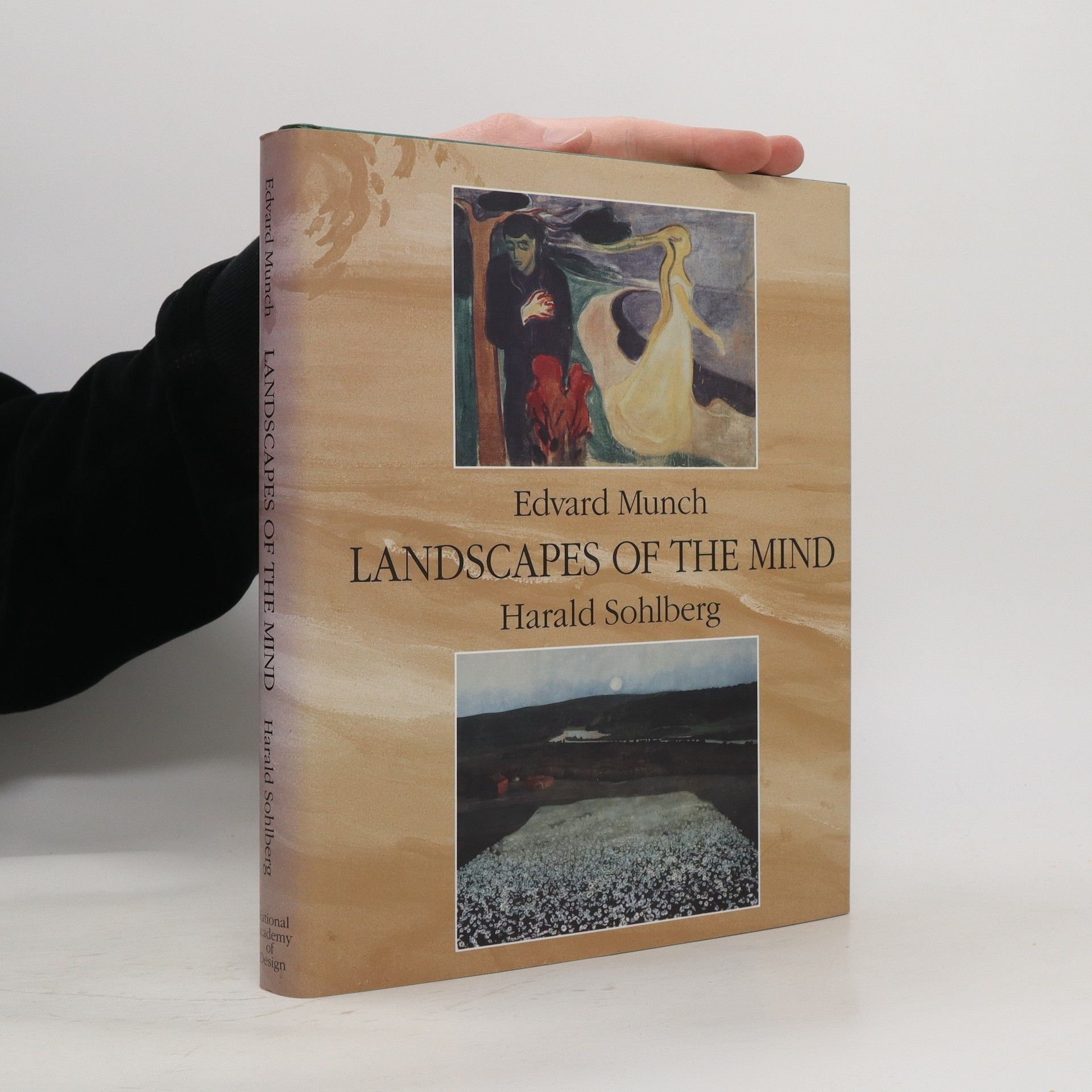




Unsere Kalender sind auf umweltfreundlichem Papier gedruckt und vom FSC zertifiziert. 16-Monats-Kalender mit internationalen Feiertagen und den Feiertagen der wichtigsten Weltreligionen. Broschürenkalender - Fine Arts 30x30 cm (geöffnet 30x60 cm)
The Prints of Edvard Munch, Mirror of His Life
An Exhibition of Prints from the Collection of Sarah G. and Lionel C. Epstein
- 208 páginas
- 8 horas de lectura
Book by Epstein, Sarah G.
Published to accompany an exhibition of the same name at the National Academy of Design in Norway, Edvard Munch and Harald Sohlberg: Landscapes of the Mind compares the two symbolist painters' landscape works. Sadly, Sohlberg is not as recognizable a name to U.S. audiences as is Munch, but in placing his work opposite that of his countryman, a rich understanding of the psychic arena in which each moved emerges. The mostly color reproductions of the art in the exhibition are of remarkable quality.
Edvard Munch : 1863-1944 : images of life and death
- 96 páginas
- 4 horas de lectura
For Edvard Munch (1863-1944), painting was an act of self-liberation. His treatments of fear, desperation, and death still exert a powerful visual and psychological effect on modern viewers. Of all Munch's paintings, "The Scream" (1893), representing a figure tortured by horror, is the most well-known-and certainly one of the most expressive. The artist reflected his innermost feelings in his work: "In reality, my art is a free confession, an attempt to clarify to myself my own relation to life..." Although Edvard Munch cannot be clearly identified with any single movement, he is deemed a pioneer of Expressionism.
Munch in his own words
- 224 páginas
- 8 horas de lectura
In this book Munch's own soul is laid bare through the translation and analysis of diaries, literary sketches and letters which have never been published in the English language. Preserved in the archives of the Munch Museum in Oslo to whom they were presented by the artist himself, these writings give a unique insight into one of the most fascinating artistic minds of the twentieth century. Munch was as influenced by the literary and philosophical context of turn-of-the-century Europe as he was by his artistic milieu, and by his own admission, several of his major works started life as literary sketches.Beautifully illustrated with drawings, paintings, and contemporary photography, this book presents an intimate portrait of the artist's life - the early death of his mother, his childhood illnesses, his tragic love affair - through his own philosophical and literary representation of it. Interweaving Munch's artistic and literary experiences these texts provide a commentary on the artist's works, on his own personal philosophy, on the work of contemporaries (Van Gogh among others), and on the sensibilities of his friends and family. Expertly contextualised by Poul Erik Tojner In His Own Words brings the world of the artist vividly to life.
Edvard Munch, 1863-1944
- 100 páginas
- 4 horas de lectura
The author discusses the art and life of Edvard Munch.
Edvard Munch
- 104 páginas
- 4 horas de lectura
The early masterpieces of Norwegian artist Edvard Munch, pioneer of modern art, who developed a Nordic variant of modern painting.
